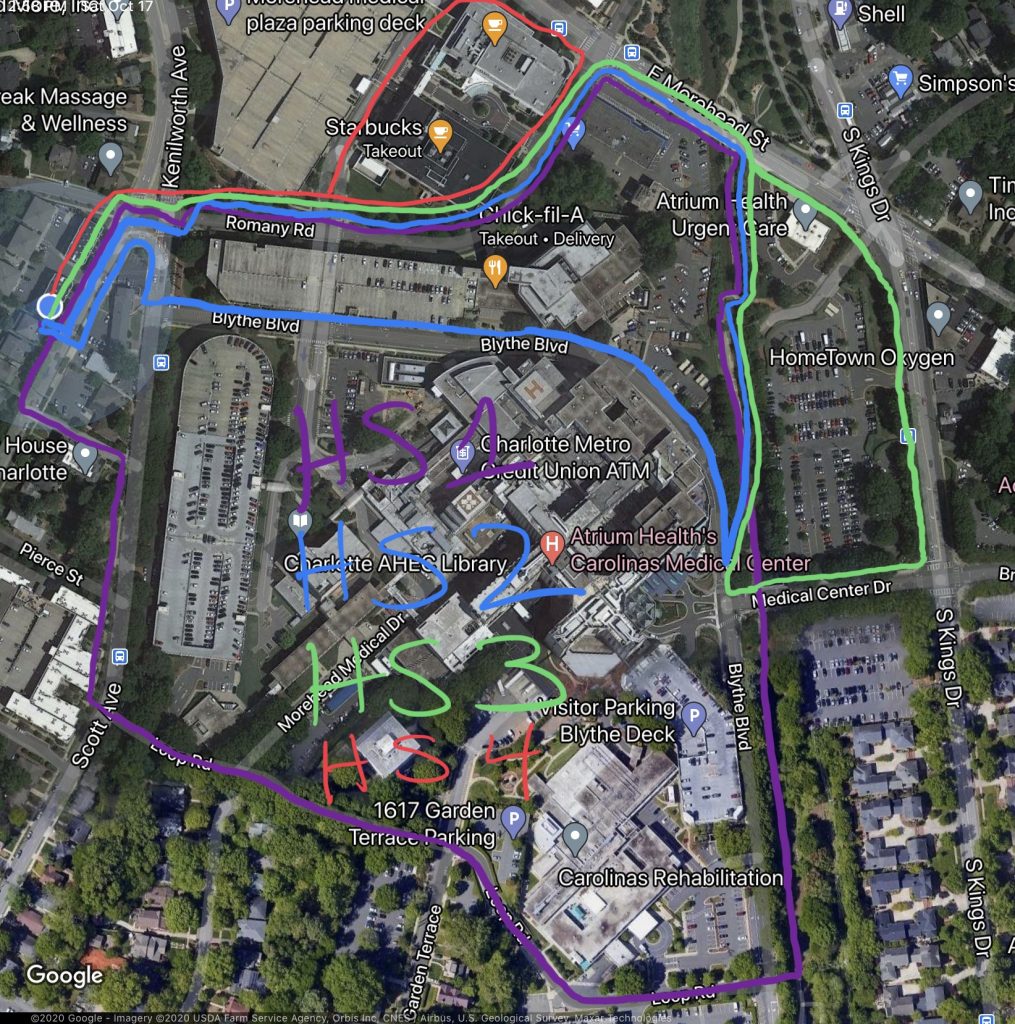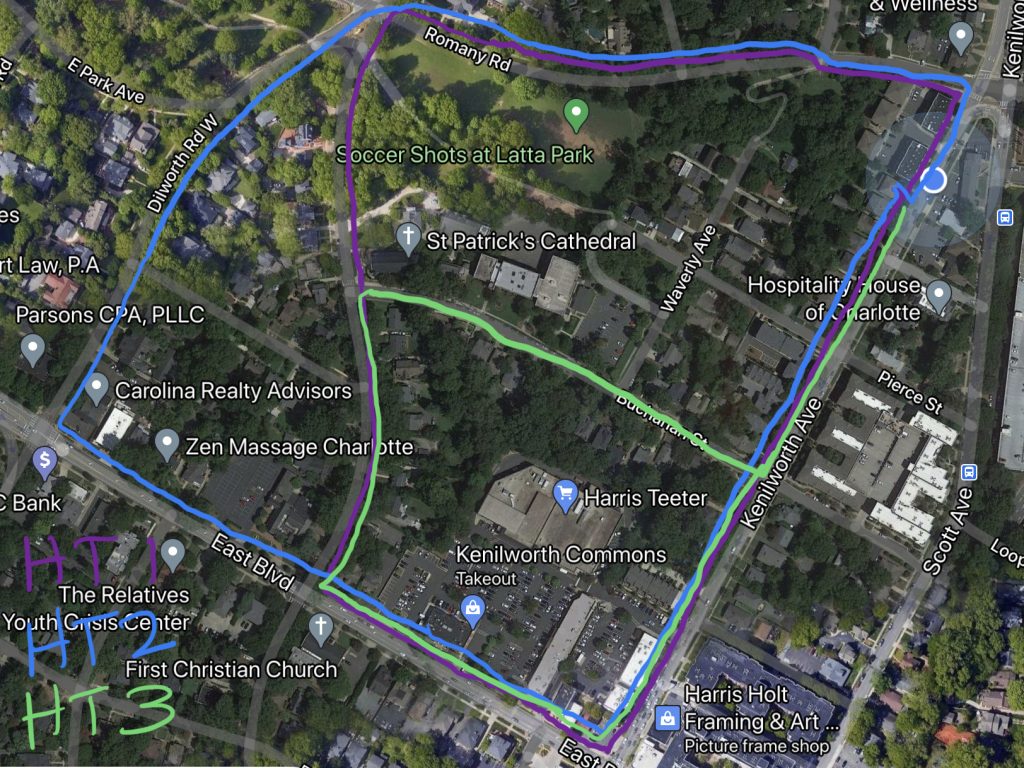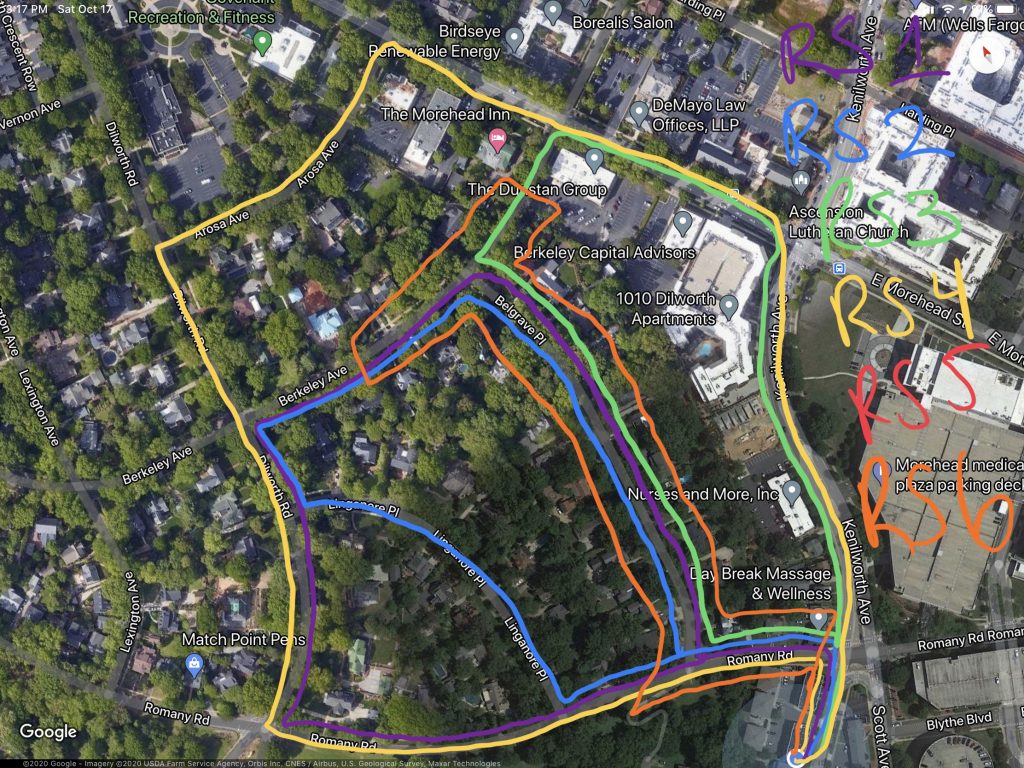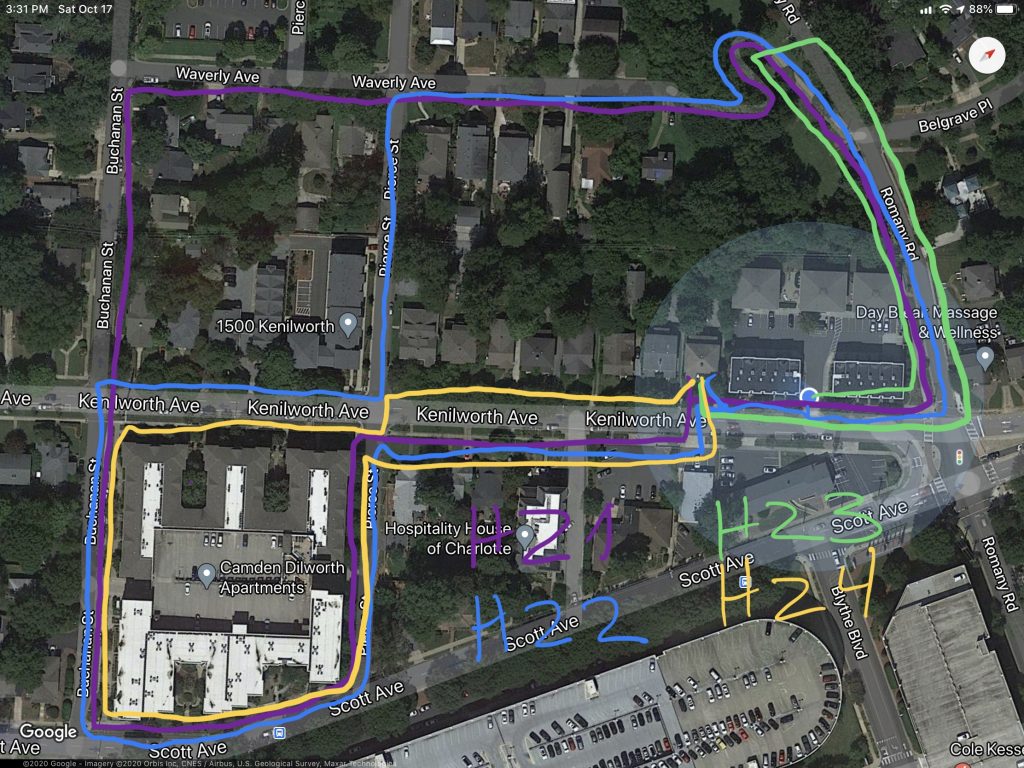
As we stated in our last post, we started the Kenilworth Coiler Study because of the amount of unpicked up poops we saw as we walked our dogs in our neighborhood. Mainly because my dog Nero likes to eat the poop he finds in the world, then gets sick…which is not great especially since he is getting older. For a whole month, we would pick up and log (no pun intended) every poop we find during our walks. We would notate where we found them, estimate how old they are, total up how many are found each night and how much they weighed in total.

We hope people will learn from this study and it’s results, encouraging them to clean up after their dogs and maybe pick others up that our found in the world.
The Results Are In!
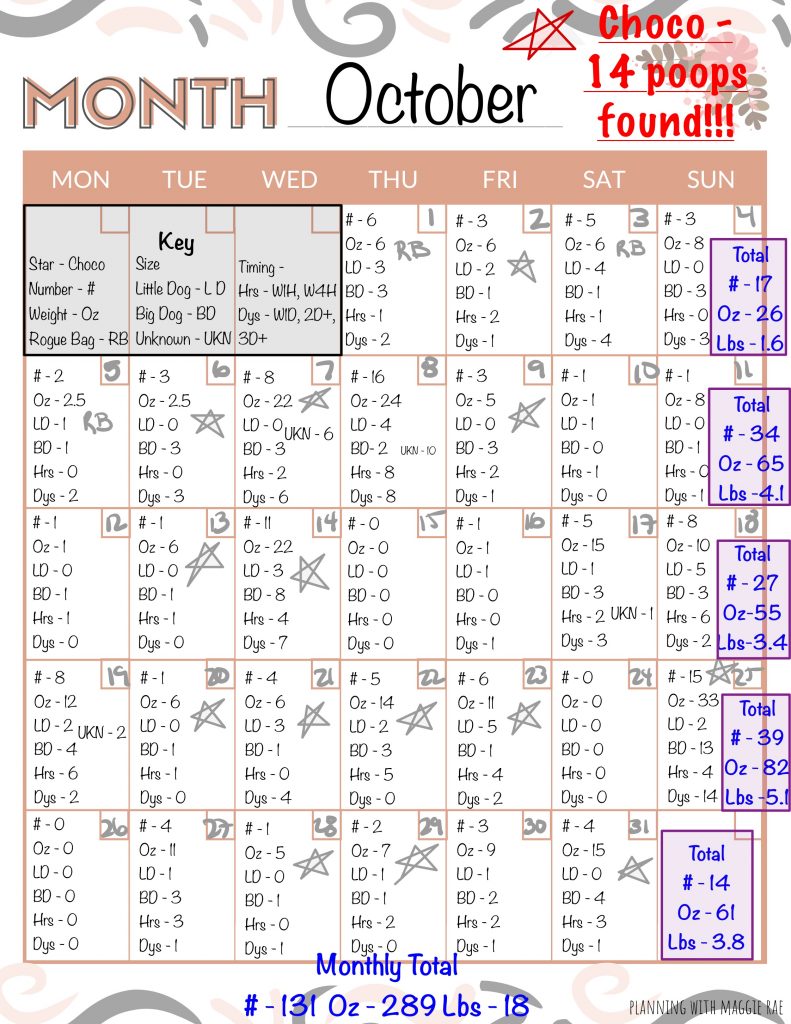
To summarize, we found a total of 131 individual dog poops weighing 289 ounces or 18 pounds!! That is crazy! The total weight is deceiving based on the number of poops in total found!
Basically, for those that were under 2.5 Oz, we considered them Little Dog poops. There were 42 in total. For those that were over 2.5 Oz, they were considered Big Dog poops, which there were a whopping 70 individual poops! There were also 19 unknowns since we couldn’t determine the sizing based on their current appearances (smooshed, flattened, jerkified.)
Of the 131 poops, we also estimated the timing of when they were left based on their appearance, and well…crunchiness. We estimated that 61 were left within 1 – 4 hours and 70 within one day to up to 5 days prior.
Then we started to recognize the same dog’s poop being left more often then not. We started to call that dog, Choco. We found this very healthy dog’s poop on 14 of the 31 days. There was probably more out there that we missed that may have been hidden by leaves or washed away from rain before we could get there….or eaten by other animals. They were always in hot zone one on Romany Rd and consistently weighed between 5-6 Oz.
Link to Dropbox Folder with Coiler Study Data Results
I have compiled supporting data for this study that includes screen grabs of the map showing the routes we walked (or could have walked in that area). I have included a few above for reference. We made notations where we found the poops (using a “x” on the map), their sizing (LD, BD, or UNK) and our estimated timing of when they were dropped (W1H, W4H, W1D, 1D+, etc). I have also included some notes each day that speak to the weather, moon positioning, sky brightness, anything related to to any of the data collected as well as the time of that night’s walk. The file is large, so I included a compressed version in the Dropbox folder. If you have issues opening the main file, please try the compressed one.
We plan on conducting this study multiple times during the year going forward. After doing this a few times, we think the data collected will be interesting and hopefully even more educational. At the very least, it will clean up the neighborhood for that month. We are curious how much we would find at different times of the year. Will there be more in the spring/summer then the fall/winter? Does the weather and temperatures effect the pick-up/leave-it decision making?
Would you be interested in conducting a study in your own neighborhood? Let me know! I can give u some recommendations and show you what we did. Contact us at Mypets@umbrellapets.net for more information. Otherwise, let us know if you have any questions or what you think of these results below (or on Nextdoor if that is how you found us).



